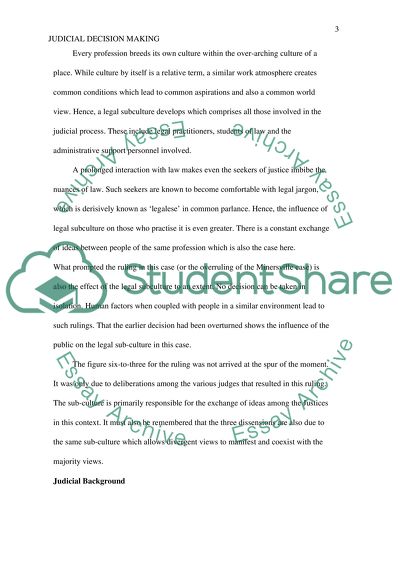Cite this document
(“Judicial Decision Making Analysis Research Paper”, n.d.)
Retrieved from https://studentshare.org/law/1484458-judicial-decision-making-analysis
Retrieved from https://studentshare.org/law/1484458-judicial-decision-making-analysis
(Judicial Decision Making Analysis Research Paper)
https://studentshare.org/law/1484458-judicial-decision-making-analysis.
https://studentshare.org/law/1484458-judicial-decision-making-analysis.
“Judicial Decision Making Analysis Research Paper”, n.d. https://studentshare.org/law/1484458-judicial-decision-making-analysis.


